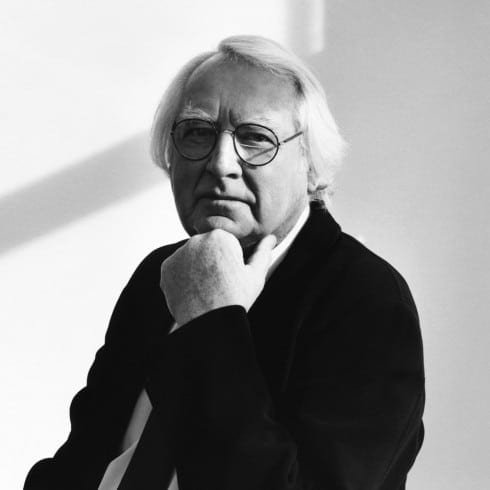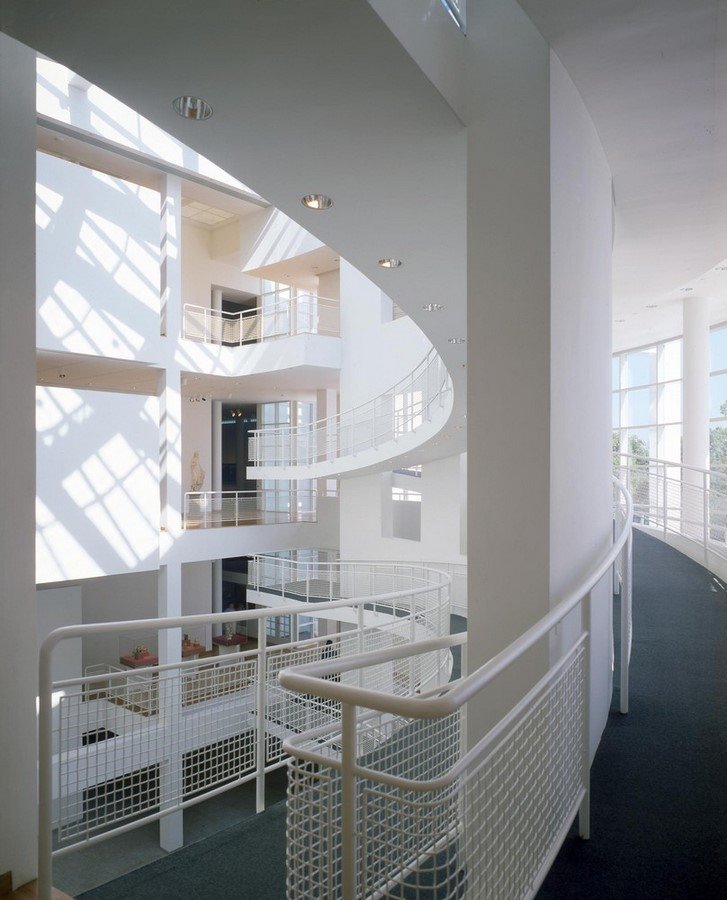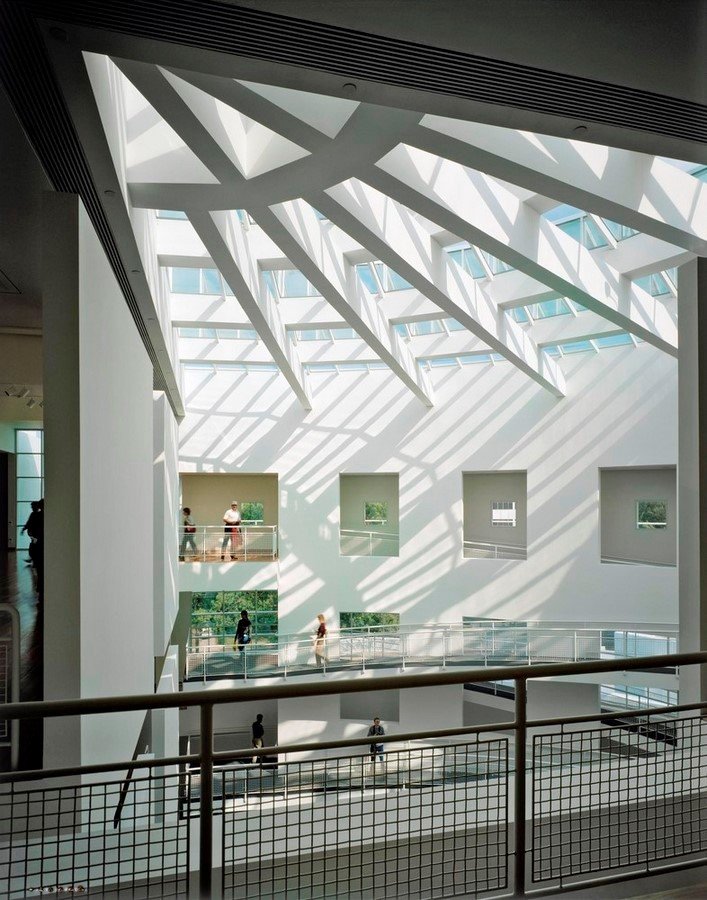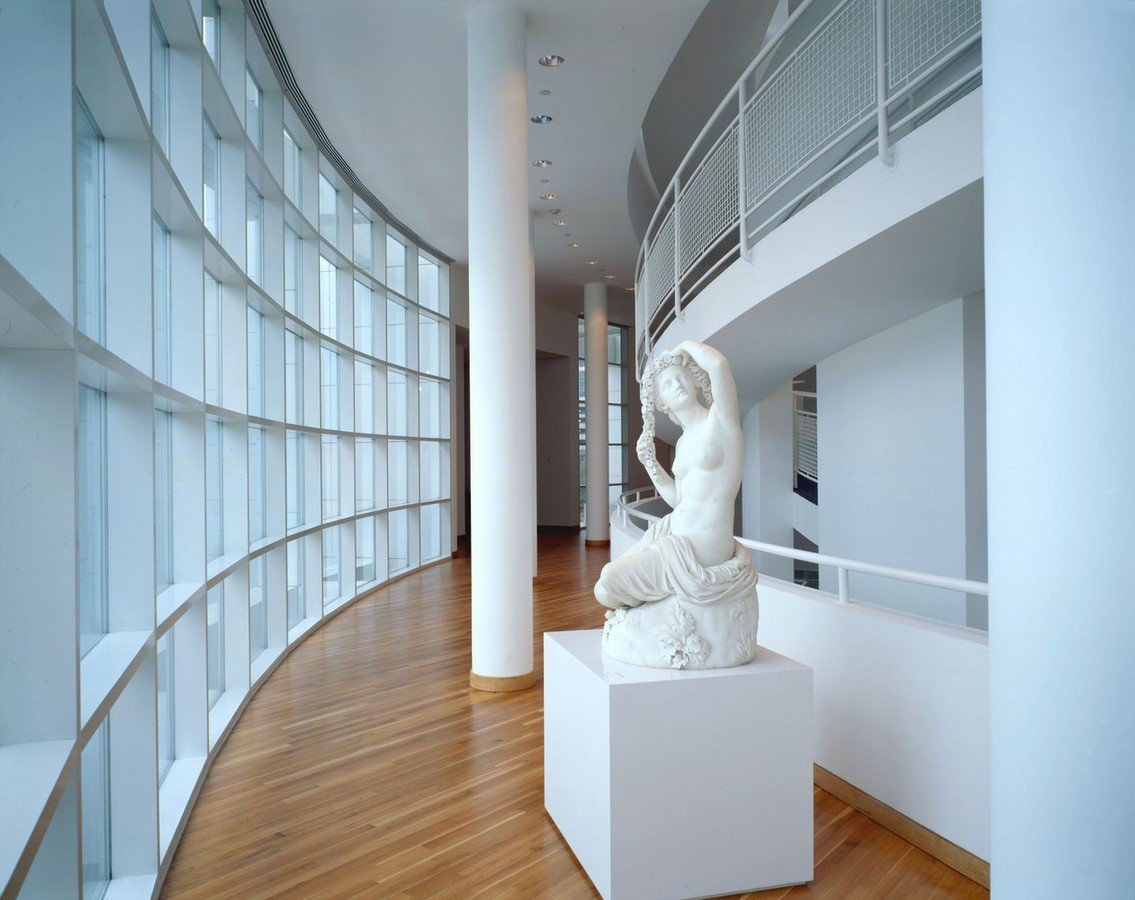The High Museum of Art: A Masterpiece of Architectural Brilliance
Written by: Nyah Chapman
Museums and art have an uncanny ability to evoke a wide range of emotions, from awe to contemplation, and sometimes even confusion. They stand as guardians of culture and human expression, inviting us to explore the depths of creativity and history. Among these cultural sanctuaries, Richard Meier's High Museum of Art in Atlanta stands as an architectural gem that seamlessly marries form and function. It's a testament to the power of design to enhance the art-viewing experience, and its story is one of collaboration and evolution.
Designing with Geometries and Light
Richard Meier, a Pritzker Prize-winning architect, left an indelible mark on Atlanta when he designed the High Museum of Art. The museum's exterior is an arresting composition of white enamel steel panels—a signature of Meier's minimalist and modernist style. It's a building that beckons you from afar, its geometric shapes forming a striking juxtaposition against the city's skyline.
The main structure comprises four steel and concrete quadrants, with one quadrant removed and replaced by a spacious atrium. This thoughtful design choice bathes the museum in natural light, making the building's interior as much a part of the art as the exhibits themselves. Meier's obsession with light goes beyond functionality; it symbolizes the museum's role as a place of enlightenment and cultural discovery.
Fun Fact: Richard Meier, known for his dedication to white architecture, was once quoted as saying, "I don't see color as being the most important thing. The most important thing is the quality of the space."
Art, Architecture, and Community
Located in the heart of Atlanta's Midtown, the High Museum isn't just an architectural marvel; it's a cultural anchor in the city. In a place not traditionally known for architectural prowess, Meier and his clients envisioned the museum as both a community center and a hub of cultural activity.
The extended entry ramp, a symbolic bridge between the museum and the city, welcomes visitors with open arms. It's a deliberate gesture that draws people into the light-filled atrium, a grand focal point of the museum. Though this entry is no longer in use, replaced by Renzo Piano's addition, it played a pivotal role in shaping how people perceive the building and its connection to the surrounding community.
Fun Fact: The High Museum of Art's location in Midtown Atlanta is strategic, as it places the museum at the heart of the city's vibrant arts district, enhancing its role as a cultural hub.
The Art of Concealment and Surprise
Much like the principles of concealment and surprise found in ancient Chinese gardens, the High Museum employs carefully curated forms and scale to engage and intrigue observers. It reveals itself gradually, enticing viewers to explore and discover. Meier masterfully controls what visitors see, crafting a holistic experience where the building becomes an integral part of the art it houses.
Inside, the museum's unadorned clean, white interiors serve as a blank canvas, allowing the artwork to take center stage. The characteristic ramp, reminiscent of the Guggenheim Museum, seamlessly connects levels without interrupting the flow. It's a design choice that separates art from architecture, ensuring that circulation and art appreciation harmonize.
Fun Fact: The design of the High Museum's interior spaces was meticulously crafted to provide ideal lighting conditions for the display of art, ensuring that each piece is showcased to its full potential.
Collaboration and Evolution
In 2005, 22 years after Meier's High Museum of Art was completed, Renzo Piano's expansion was poised for completion. In an interview with The New York Times, Meier and Piano discussed their collaboration, highlighting the evolution of architectural vision over time. They acknowledged the tradition of architects building upon each other's work, not as plagiarism but as a way to advance the art of architecture.
Fun Fact: Renzo Piano, a prolific architect renowned for his design of cultural institutions, viewed the collaboration on the High Museum as an opportunity to create a complementary addition to Meier's original design.
The High Museum of Art is not just a repository of art; it's a work of art itself—a testament to the harmonious coexistence of art and architecture. Richard Meier's design, followed by Renzo Piano's thoughtful expansion, exemplifies how these two creative disciplines can enrich each other. It stands as a shining example of how a building can elevate the art-viewing experience and set a higher standard for architectural excellence in Atlanta. In a world where the relationship between art and architecture is often questioned, the High Museum reminds us that they can indeed coexist and flourish, offering visitors an immersive journey through the realms of human creativity.
Fun Fact: The High Museum of Art's campus includes a total of four interconnected buildings: three designed by Renzo Piano in 2005 and the original building by Richard Meier, creating a dynamic and cohesive architectural ensemble.







